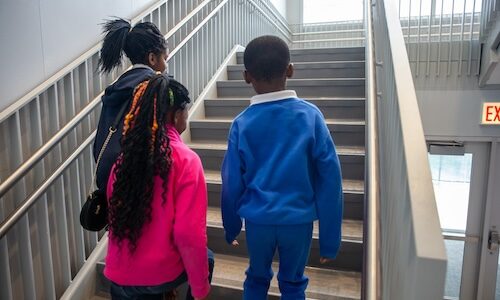
Nearly three years since COVID-19 shut down schools across the US, things feel somewhat normal again. Kids are having field trips. Masks are optional most everywhere. No one is worried about running out of toilet paper.
One big challenge that remains is helping children catch up on missed learning. Research by NWEA shows achievement remains lower than before the pandemic for countless students. The following Teach. Learn. Grow. posts and eBooks—some of the most popular of 2022—can help you prepare for what’s next.
Build strong readers
According to NWEA literacy expert Cindy Jiban, “The science of reading is the converging evidence of what matters and what works in literacy instruction, organized around models that describe the how and why.” Her five posts on the science of reading, also available in our eBook Everything you need to know about the science of reading, can help you better understand its place in your practice and how best to go about incorporating it.
- “The science of reading explained”
- “What the science of reading tells us about how to teach decoding—including phonics”
- “How the science of reading can help you teach language comprehension skills”
- “Supporting fluency and comprehension using practices grounded in the science of reading”
- “Decisions, data, and doing the science of reading”
Make your students’ families your greatest allies. Literacy can be supported at home, too. Check out “Parent strategies for improving their child’s reading and writing” and our complete collection of posts aimed at caregivers eager to provide reading help in our eBook How to support reading at home: A guide for families.
Set expectations and goals
For most of us, knowing where we’re going can be an incredible motivator. Documenting both expectations and goals can help you work alongside students to get them where they need to be. Here are two articles to get you started or support you in the work you’re already doing:
- “What you need to know when establishing success criteria in the classroom”
- “Read the latest in student goal setting guidance”
Assess
How can you know exactly where your students are? With assessment.
The following posts can help you put both formative and interim assessment to good use in your classroom, and they can help you collaborate with students and their families well, too.
- “8 questions teachers should ask when giving assessments”
- “27 easy formative assessment strategies for gathering evidence of student learning”
- “10 ways to prepare students for MAP Growth winter testing”
- “10 ways for teachers and parents to communicate better about assessments”
- “12 common questions parents ask about MAP Growth”
- “Leading up to MAP Growth: 20 tips for families”
- “Three ways to put assessment data to work in the classroom”
Stay the course
Things may seem back to normal, but the work ahead for all educators and students is daunting. Teach. Learn. Grow. will remain at your side throughout 2023, offering the support and information we hope will help you in your difficult and important work.







